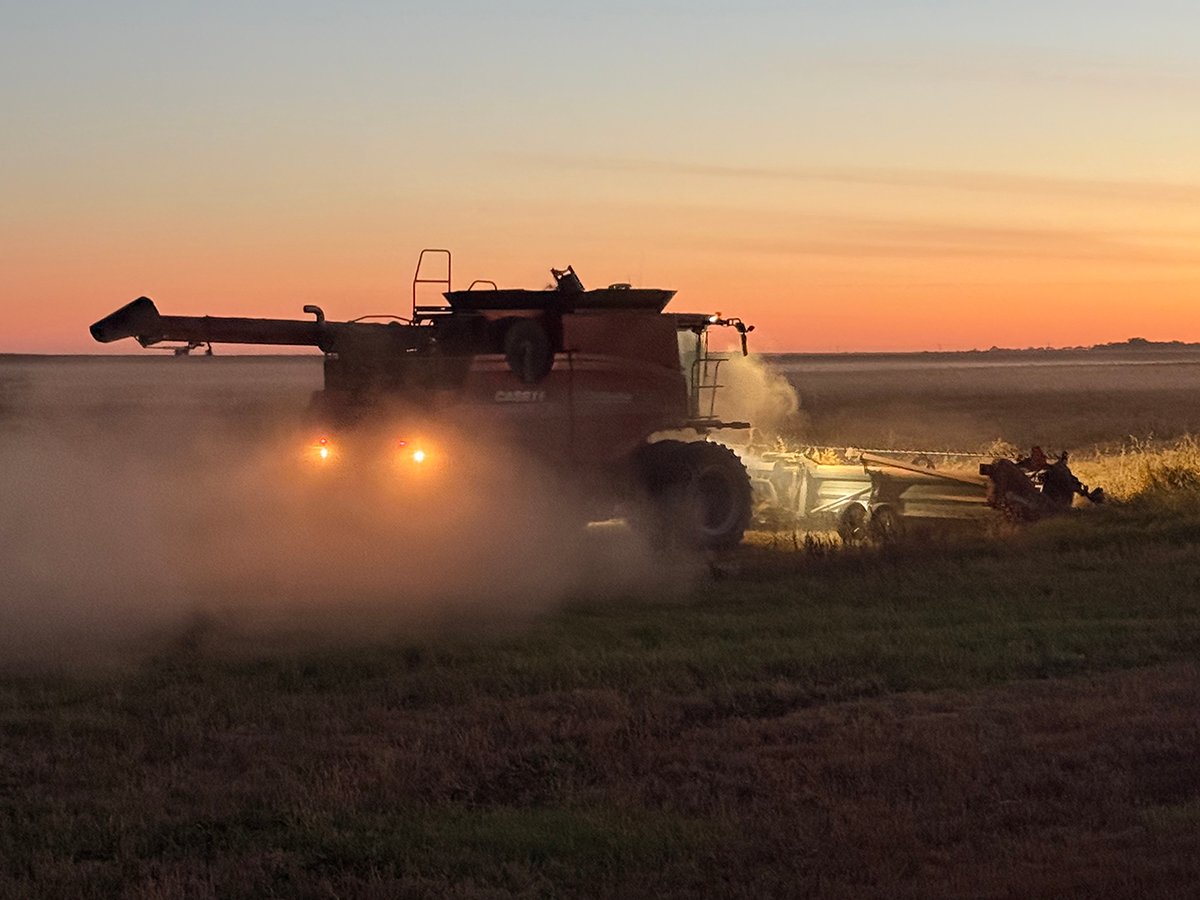Not so new
What goes around must come around. A few decades ago I interviewed a 92-year-old at Abernethy, Sask., about the Sintaluta Trial of 1902. He was one of the last living witnesses of that hearing, which established some important grain-delivery rights for farmers.
Bill Ismond told me when this country was opening up grain elevators were few and as homesteaders moved into new regions they had to haul the grain they grew great distances to market. In 1902 he had to haul across the Qu’Appelle Valley to Sintaluta. To have grain in position to sell when there was elevator space and the market was right, larger farm operators built bins near the elevators and stored grain until the appropriate time.
Read Also

Downturn in grain farm economics threatens to be long term
We might look back at this fall as the turning point in grain farm economics — the point where making money became really difficult.
Turning to 1998, what is the latest wrinkle in grain handling? Elevator companies are building “condominiums” farmers can lease to store their grain within easy reach of a high throughput elevator. Long-term leases will be available and what the farmer pays undoubtedly will reimburse the company for its capital costs in building the structures.
I suppose this development was inevitable as we move back to a similar situation as the one we had in 1902 – elevators concentrated on a skeleton network of rail lines. However, farmers won’t be relying on a sturdy team of Clydesdales to move 55 or 90 bushels of wheat at a time.
A semi-trailer’s volume would replace a mile-long lineup of wagon boxes.
The grain condominium is another neat incentive offered by the elevator company to get farmers to commit significant quantities of grain to its care and marketing program. A new spin on an old idea.
















